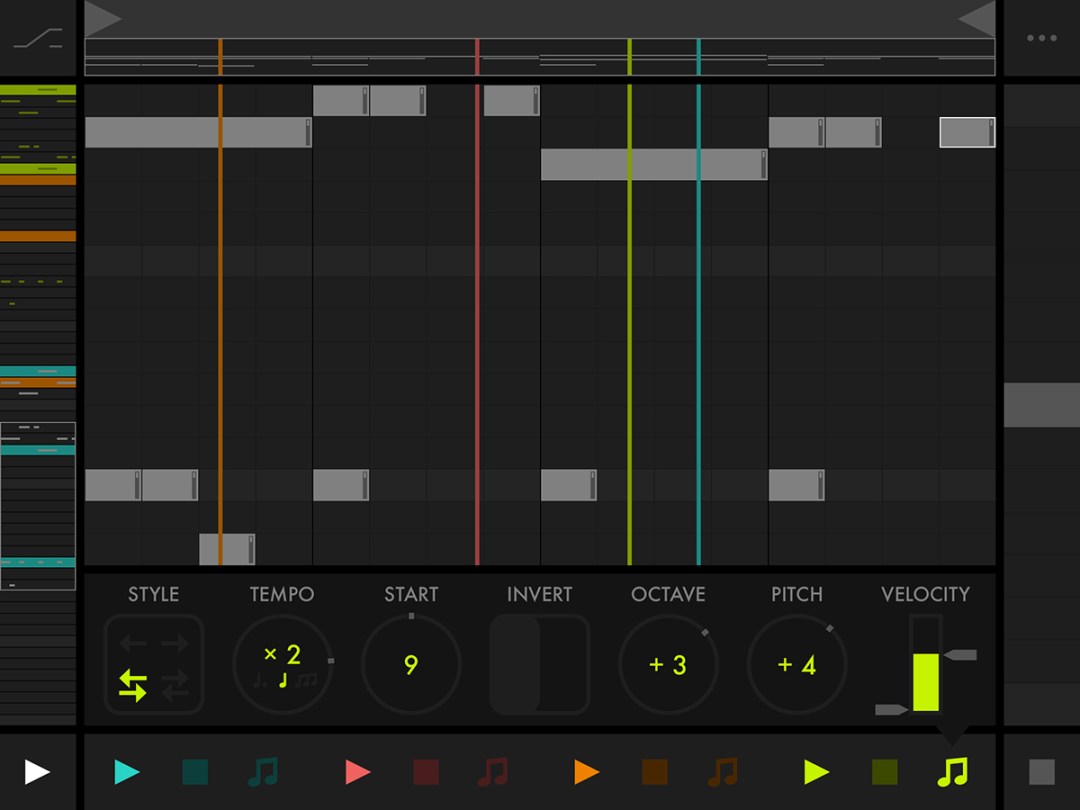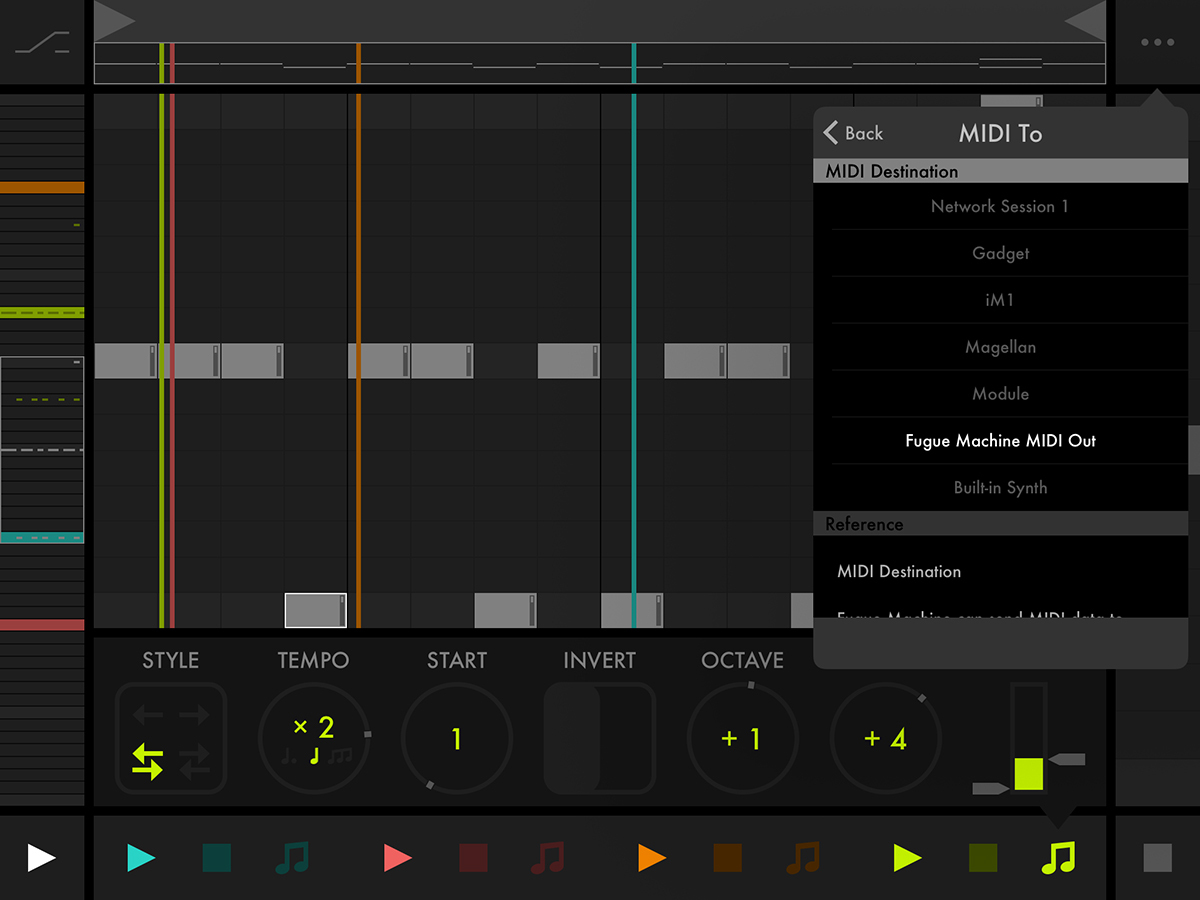App of the week: Fugue Machine review
This ‘Bach in a box’ iPad sequencer helps you go REALLY old-school, and in doing so create thoroughly modern electronic music

It’s quite normal to have a gut reaction to the way apps are described by their creators.
Fugue Machine is, apparently, “inspired by composition techniques used in Baroque music and Serialism”. Examples, we’re told, include Bach’s canons and fugues, and Schoenberg’s twelve-tone technique. Which all sounds a bit worthy and likely to make certain iPad musicians run a mile. But they shouldn’t, because Fugue Machine is fantastic.
Of course, if you’re somewhat well-versed in classical music, you’ll know what’s coming already. If not, you need to understand that Fugue Machine isn’t trying to propel your musical output back in time by several centuries; instead, it’s all about taking advantage of (very) tried and tested techniques, to help you create mesmerising, hypnotic music.

Ultimately, it’s all about loops — and loops are the foundation of the bulk of any music you care to write or listen to. The difference with Fugue Machine is instead of working entirely linearly with a single playhead, you get four, and they can all act independently in terms of tempo, direction, octave, velocity, and pitch. So you tap out a riff on a piano roll, and set your playheads going. With some parameter fiddling, you very quickly find the playheads interacting in interesting ways. Even riffs with as few as four notes provide scope for textured, engaging compositions, playback from various playheads frequently combining to reveal ‘hidden’ melodies.
Beyond the basics, Fugue Machine is smart in other ways. The author provides a free album primarily composed in Fugue Machine, showcasing its potential, along with 38 loops you can explore and rework, to understand more about the app and compositional techniques it utilises. It’s a good iOS citizen, too: Fugue Machine works with Inter-App Audio and Audiobus, and will output MIDI to any compatible app. If the app supports background audio (as GarageBand, Korg Gadget and Korg Module do), you can have a Fugue Machine composition playing through another synth, while continuing to edit your loop.

There is some room for improvement. The dial controls are oddly fiddly, and there are only 128 save slots. (That might sound like a lot, until you’ve spent a weekend with the app and already saved dozens of loops you’d hate to overwrite.) The ability to output each playhead to a separate MIDI instrument would also be a boon to pro musicians, although that feature may appear in an update. On the whole, though, for pros and novices alike, this is a superb iPad music app, up there with the very best. It has the immediacy of something like Figure, the kind of potential typically only found in higher-end compositional tools, and a uniqueness that only further cements its essential nature. Buy it.
Fugue Machine is available for iPad from the App Store
Easy on the wallet › iCheapskate: the 35 best free apps for iPhone and iPad
Stuff Says…
Draws on classical music, and becomes a classic. Fugue Machine is one of the best apps for musicians on iPad
Good Stuff
Excellent for inspiring new ideas
Unique in nature but also intuitive
Integrates well with other iOS music apps
Plenty of in-app help and assistance
Bad Stuff
Dial controls are a bit fiddly
Could do with more save slots


